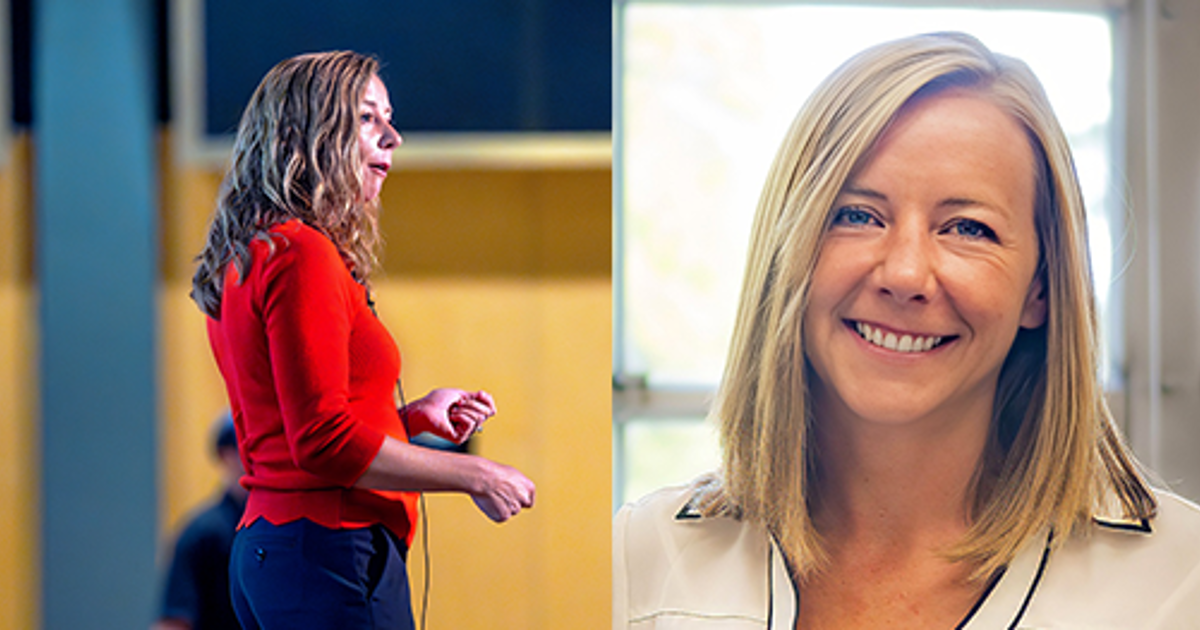How Technology in Virtual Healthcare Education Enhances Patient Outcomes


In today’s digital age, the intersection of technology and healthcare education is creating innovative pathways for learning and patient care. Aspiring healthcare professionals are now equipped with cutting-edge tools that were unthinkable just a few decades ago. One significant advancement is the ability to access remote learning platforms, allowing students to gain medical knowledge without the constraints of geography.
At the heart of these developments, online nurse midwife programs are gaining attention for their integration of technology in training. This shift not only broadens educational reach but also paves the way for improved patient outcomes, as the next generation of healthcare providers are better trained and more adaptable to changing medical environments.
Remote learning platforms are expanding access to medical knowledge
Remote learning platforms have transformed the landscape of healthcare education by making it more accessible to a wider audience. These platforms allow students from diverse backgrounds and locations to access top-tier educational resources without having to relocate or commute long distances. Imagine a student in a rural area who dreams of becoming a healthcare provider. In the past, they might have faced significant barriers to accessing quality education.
Today, however, they can enroll in comprehensive programs that provide the same quality education that their urban counterparts receive. This not only levels the playing field but also ensures that communities across different regions can benefit from well-trained healthcare professionals. The democratization of education through technology is a game-changer, enabling a more diverse and inclusive healthcare workforce.
Real-time feedback mechanisms in virtual training
Real-time feedback mechanisms in virtual training have become an essential component in healthcare education, providing immediate insights and corrections to students. This interactive approach ensures that learners can understand and rectify their mistakes on the spot, fostering a more effective learning environment.
For instance, a student practicing diagnostic procedures on a virtual platform can receive instant feedback on their technique, helping them refine their skills promptly. This immediacy not only accelerates the learning curve but also boosts confidence in practical skills. Additionally, educators can track student progress in real-time, allowing them to tailor their teaching methods to meet individual needs. This personalized approach to education, powered by technology, significantly enhances the overall training experience, ultimately leading to better-prepared healthcare professionals.
Virtual patient models for enhanced diagnostic skills
Virtual patient models are revolutionizing the way healthcare students develop diagnostic skills. These models offer realistic scenarios where learners can practice diagnosing and treating patients in a risk-free environment. Consider a medical student who needs to understand the nuances of a complex condition. By interacting with a virtual patient, they can explore different diagnostic pathways, test their hypotheses and see the outcomes without any real-world consequences.
This hands-on experience is invaluable, as it allows students to experiment and learn from mistakes without fear of harming actual patients. Moreover, virtual patient models can simulate a wide range of conditions, providing exposure to rare diseases that students might not encounter during traditional clinical rotations. This comprehensive approach ensures that future healthcare providers are well-versed in diagnosing and managing a broad spectrum of medical issues.
Telemedicine training is bridging gaps in healthcare delivery
Telemedicine training is an emerging focus in healthcare education, equipping future professionals with the skills needed to deliver care remotely. As telemedicine becomes a staple in modern healthcare, training programs are incorporating modules that teach students how to effectively communicate and provide care through digital platforms.
This is particularly important for reaching underserved populations who might not have easy access to healthcare facilities. For example, a patient in a remote community can consult with a healthcare provider through a telemedicine platform, receiving the care they need without having to travel long distances. By training students in telemedicine, educational institutions are preparing them to meet the demands of a changing healthcare landscape, ensuring that quality care is accessible to all, regardless of location.
Interactive simulations for improved clinical skills
Interactive simulations have become a cornerstone of healthcare education, allowing students to practice and hone their clinical skills in a controlled, virtual environment. These simulations mimic real-life medical scenarios, providing learners with the opportunity to apply theoretical knowledge in practical situations.
Picture a nursing student practicing emergency response techniques through an interactive simulation. They can assess a patient’s condition, make quick decisions and administer treatment, all while receiving immediate feedback on their performance. This method of learning is highly effective, as it bridges the gap between theory and practice, preparing students for the realities of clinical work. By engaging in these realistic simulations, healthcare students gain confidence and competence, translating to better patient care in their professional practice.
Augmented reality is revolutionizing patient care education
Augmented reality (AR) is making waves in healthcare education by offering immersive learning experiences that enhance understanding and retention. AR technology overlays digital information in the real world, allowing students to visualize complex concepts and procedures in a tangible way. For instance, a medical student learning about human anatomy can use AR to explore a 3D model of the human body, examining organs and systems in detail.
This interactive approach not only makes learning more engaging but also helps students grasp intricate details that might be difficult to understand through traditional methods. By incorporating AR into healthcare education, institutions are providing students with a powerful tool that enhances their learning experience and prepares them for the demands of modern medical practice. As AR continues to evolve, its role in shaping future healthcare education and patient outcomes is poised to grow even further.
link




